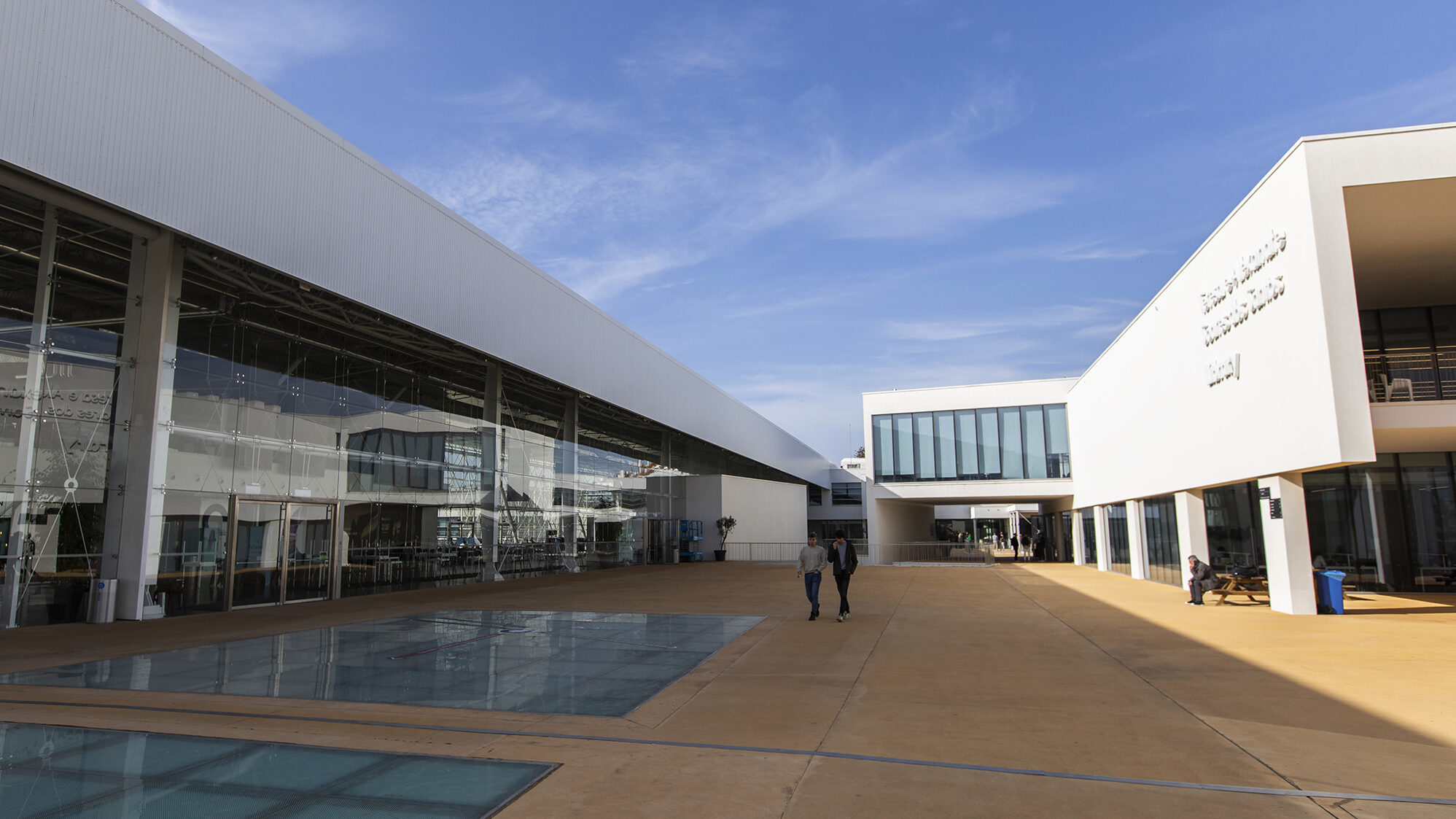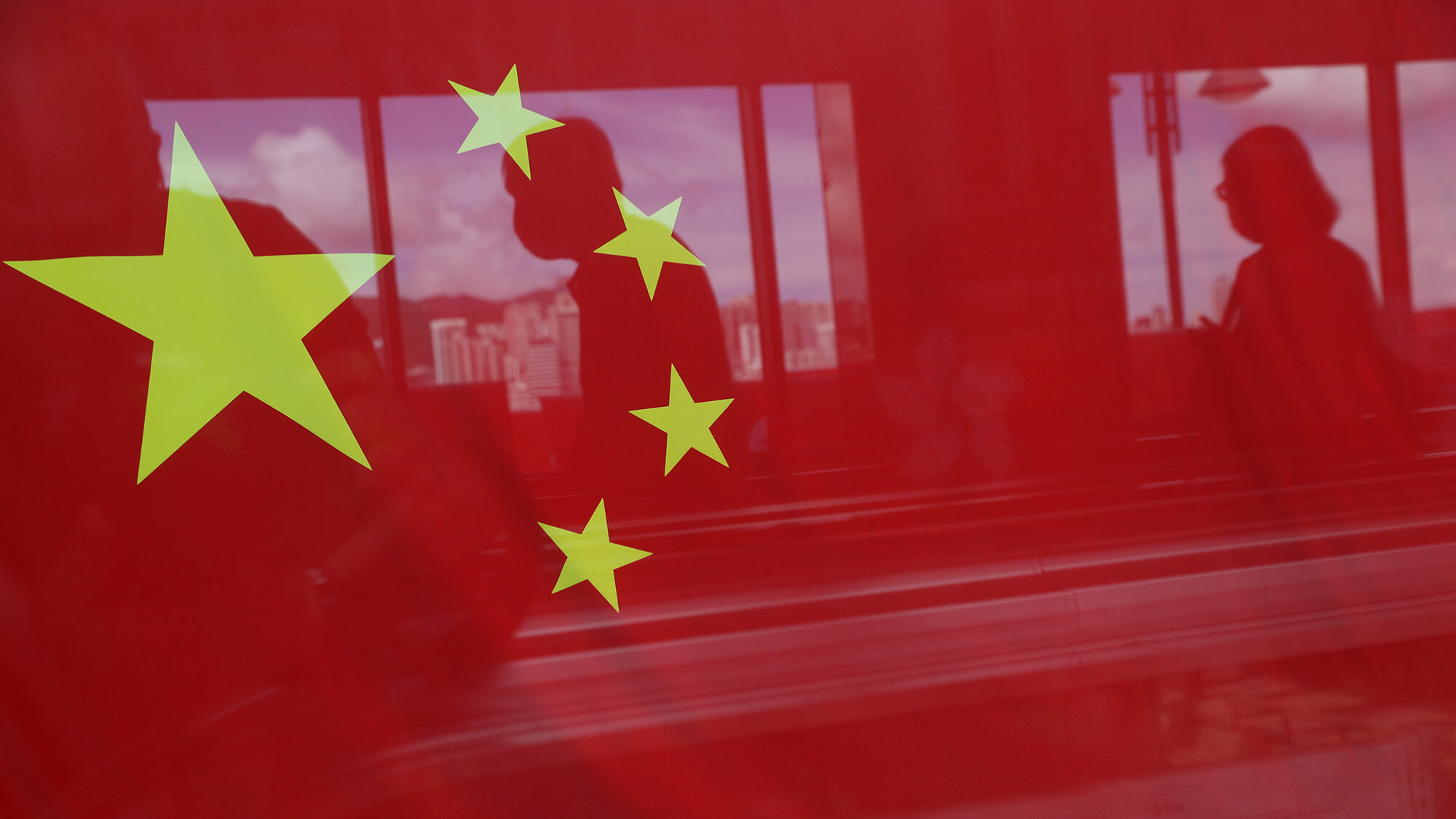Trade between Portugal and the four Mercosur countries amounts to €8.5 billion. Associations consulted by ECO believe that the agreement could "open up a range of opportunities".
The trade agreement between the European Union (EU) and Mercosur will protect 36 Portuguese Geographical Indications (GI), which could mean more revenue for national exporters, since the selling price of products with this designation is two to three times higher than that of normal goods. The process of adopting the document is a breath of fresh air and “an excellent business opportunity” for several Portuguese sectors, according to various business associations interviewed by ECO.
Currently, total trade between Portugal and Mercosur is worth around €8.5 billion, but among the four countries (Argentina, Brazil, Uruguay and Paraguay), Brazil — due to its long-standing bilateral relationship — is the main destination for Portuguese goods.
“The agreement represents an excellent business opportunity, as it will allow exports to these markets at more competitive costs”, said Luís Miguel Ribeiro, president of the Portuguese Business Association (AEP), in statements to ECO.
At issue is the agreement between the EU and Mercosur, which saw developments last week with the European Commission finalising the terms to be adopted, which could “open up a range of opportunities” for national companies, reduce dependence on the US and China, and even circumvent Donald Trump’s tariffs.
The president of the Portuguese Business Confederation (CIP), Armindo Monteiro, emphasises that this agreement — which will create the largest free trade area in the world, with a market of over 700 million consumers — “will generate new export opportunities and will be particularly relevant for Portuguese SMEs, giving them a competitive advantage in a region affected by both high tariffs and significant trade barriers”.
One of the main points of the agreement is to open up these countries’ markets to European agri-food exports, which currently account for only 5% of total EU sales to Mercosur, due to tariffs of up to 55% and other restrictions currently in force in the four South American countries.
Among Portugal’s main exports to Mercosur countries, these goods stand out, totalling €620 million last year. Of these, animal and vegetable fats (such as olive oil) accounted for the largest share, corresponding to €445 million.
According to the European Commission, the substantial reduction or elimination in some cases of these tariffs could help Portuguese farmers to further increase sales to the region.
With olive oil exports exceeding €1 billion in 2024 for the second consecutive year, Portugal is the sixth largest producer in the world and the third largest in Europe, according to figures from the Alentejo Olive Oil Study and Promotion Centre. Among Mercosur countries, the Brazilian market is “by far the most important for Portugal”, absorbing almost all Portuguese olive oil exports to these countries (99.9%).
“Portugal is the market leader in Brazil, with a market share of over 60%, and our main competitors are Spain (16% market share) and Argentina (around 6%)”, estimates the secretary-general of Casa do Azeite, Mariana Matos, in statements to ECO.
In the case of Portuguese olive oil, access to this market will not be particularly important in the context of the trade war, as Trump’s tariffs are not a problem, given that producers export only 1% to the US market.
Under the agreement, around 344 European food and drink products are protected against imitations in Mercosur countries. According to information from the EU Executive, in the case of Portugal, 36 Geographical Indications (GIs) will be protected, including Moura Olive Oil and Alentejo Interior Olive Oil, Vinhais Sausage, Azores Honey, Rocha do Oeste Pear, Serra da Estrela Cheese and Port Wine, among others.
Going through a period of turbulence and anticipating the worst harvest ever, the wine sector also “clearly benefits” from this trade agreement, the sector points out to ECO. Last year, Brazilians bought €85 million worth of wine, 7.5% more than in 2023. Brazil is the third largest destination in terms of value for national wine exports and, excluding Port wine, is actually the main destination. The other Mercosur countries currently have little significance in terms of Portuguese wine exports.
This trend is common to all sectors of activity — among the four Mercosur countries, Brazil accounts for the largest share of total Portuguese exports. From January to June this year, Portugal exported goods worth €485 million to the Brazilian market, corresponding to a 4.3% share of total exports, although this represents a decline from the €557 million exported in the same period last year, according to INE data.
In the first six months of the year, Portugal exported €15.3 million to Argentina, representing a share of only 0.1% of total exports. In year-on-year comparison, there has been a significant drop (from €45 million).
At a time when Portuguese wine could lose more than 20% of the US market with 15% tariffs, the president of ViniPortugal believes that “US tariffs could contribute to a favourable approval of the agreement”, highlighting that “the European Union is committed to accelerating the progress of the agreement with Mercosur”.
Frederico Falcão stresses that the agreement with Mercosur “will not, in the short term, compensate for the losses resulting from the new tariffs imposed by the US”, but that it will mitigate the impact of the decline in exports to the US market. Proof of this is the work that several European countries have been doing — notably Italy, France and Spain — to strengthen their promotional activities in Mercosur markets, especially in Brazil.
The president of the Portuguese Business Association (AEP) corroborates the idea of the leader of ViniPortugal and states that “Mercosur, due to its distinct market profile, cannot fully replace the US, but it does provide some relief from the negative impact of tariffs”.
However, the AEP leader has no doubt that the “agreement will allow more competitive access to new markets in terms of raw materials”, noting that “the rapprochement between the two economic blocs will enhance the integration of value chains, an important step for Europe to reduce its dependence on other trading partners, particularly the US and China”.
While the agreement may represent an opportunity for exports, Brussels has sought to ensure the protection of producers in the event of market disruptions with regard to imports. The agreement sets a limit on the quantity of agri-food products imported from Mercosur that benefit from lower tariffs:
- 99,000 tonnes for beef: corresponding to 1.5% of total EU production;
- 25,000 tonnes for pork: 0.1% of total EU production;
- 180,000 tonnes for poultry: 1.3% of total EU production per year.
However, the European Commission has also introduced “safeguards” against any “sudden increase” in imports and market disruption. This is the first time such a measure has been included in a European Union trade agreement, even for products already subject to a quota.
Metal expects sales growth
For metalworking and metallurgy, the largest export sector in the national economy, “the agreement is great news for the European economy and for Portuguese metal companies”, the executive vice-president of the Association of Metallurgical, Metalworking and Related Industries of Portugal (AIMMAP) told ECO. Rafael Campos Pereira stresses that it is “a way of reducing dependence on China, especially with regard to some critical raw materials”.
With Brazil ranking among the top 15 export destinations for the metalworking and metallurgy sector, the association representing the sector reports that the volume “grew by 15.5% in the first six months of the year alone” (after growing by 7% in 2024).
At a time when exports from the metal sector to the US are falling “by double digits every month”, the AIMMAP spokesperson emphasises that “given the EU’s difficulty in softening and mitigating the impact of Trump’s decisions, this agreement opens up a range of export opportunities for the economy”.
Rafael Campos Pereira has no doubt that Argentina, Brazil, Uruguay and Paraguay are “markets with high development potential” and notes that, in the case of Paraguay, despite not being ranked among the main markets for metalworking and metallurgy, it recorded growth of 34% in 2024, while Uruguay saw a 10% increase in the first half of 2025.
INE data shows that, globally, Portugal exported just over five million euros (5,068) to Paraguay from January to June this year, in line with the same period last year (5,452). As for Uruguay, exports amounted to 6.8 million euros in the first half of 2025, representing a share of only 0.1% of total foreign sales. However, it should be noted that it was the only one of the four countries for which exports grew compared to the same period last year (5,565 million euros), a trend felt by metal companies.
“These are remarkable growth rates, which we know can be greatly exceeded with the signing of the agreement (in addition to indirect exports, which will multiply through Metal Portugal’s exports to other EU countries)”, predicts the executive vice-president of AIMMAP.
“Mercosur cannot replace losses in the US”, says textile sector
The director-general of the Portuguese Textile Association (ATP) considers the agreement positive, but stresses that “Mercosur cannot replace losses in the US — neither in terms of market size, existing dependencies, nor product types”. “We have companies, particularly in home textiles, that are heavily dependent on American customers”, she points out, calculating that “Mercosur would take about 57 years to reach the current level of Portuguese exports to the US, based on an optimistic growth rate of 5% per year”.
In 2024, the textile sector exported €435 million (35,000 tonnes) to the US market, representing approximately 8% of total exports, “which is 16 times more significant in value than the whole of Mercosur”, Ana Dinis emphasises. At the same time, for the Mercosur countries as a whole, the sector exported around €27 million (8,000 tonnes), distributed as follows: Brazil – 82%; Argentina – 9%; Uruguay – 7%; and Paraguay – 1%, equivalent to a share of less than 0.5% of total exports.
“Even with the agreement, Mercosur will always play a complementary rather than a substitute role. The size of the markets, their growth and the purchasing power of customers are not comparable”, says the director-general of the Portuguese Textile Association, pointing out that “gaining market share requires time/resources, market knowledge, building trust/solid commercial relationships, which is always a lengthy and costly process”.
In the case of Brazil — seen by many as the potentially most relevant market, considering its historical links to Portugal and also its size — the ATP official stresses that “it is a traditionally very closed and protected destination, with high tariffs and various associated taxes, complex non-tariff barriers and a very strong textile and clothing industry of its own (which has always benefited from this protection and a vast consumer market)”.
Given the impediments of the Brazilian market, Ana Dinis hopes that “the agreement will contribute to gradually reducing these barriers, creating a space for opportunities, especially in differentiated niches and innovative products, such as technical, circular and sustainable textiles, where Portuguese companies have internationally recognised skills”.
Although Fileira Casa has residual export values for these markets, “because they are constrained by excessive and protectionist customs duties”, the executive director of the Portuguese Association of Furniture and Related Industries (Apima) states that “these are markets with export potential”. Gualter Morgado believes that the “agreement could open the doors to a wider range of companies and enable greater market diversification, reducing the risk of exposure in different markets”.
The Apima spokesperson explains to ECO that “often the barriers are not only customs duties, but also standards, regulations, bureaucracy and specific certifications that each market introduces to hinder and protect domestic production”.
According to European Commission estimates, the agreement, which aims to increase annual EU exports to the economic bloc by 39%, meaning an additional €49 billion in goods sold, will also reduce the high tariffs applied to exports such as cars (35%), machinery (14%-20%) and pharmaceuticals (up to 14%).
Exports of services to Mercosur total €2.4 billion
Portuguese exports of services to Mercosur total €2.4 billion per year, according to data from the European Commission. In 2023, sales of Portuguese transport services represented €1.1 billion, equivalent to tourism exports, while business services amounted to €64 million.
The EU executive stresses that “the EU-Mercosur agreement will further open up the Mercosur services market” in sectors such as finance, postal services, telecommunications, transport, digital trade and the environment.
The agreement will now go to the European capitals for approval, with Brussels hoping to complete the process by the end of the year. If approved by the member states of the two blocs, it will consolidate the largest free trade area on a global scale, despite certain opposition from countries such as France, Ireland and Poland — which, in itself, does not prevent the agreement from entering into force. For the French, the EU’s largest beef producer, the agreement is “unacceptable”.
Portugal reacted with a post on social network X, welcoming the European Commission’s decision to “move forward with the signing and conclusion” of the agreement. “Portugal has always fought for its adoption, given its geo-economic and geopolitical importance. We will do everything we can to ensure that all EU Member States converge on this objective”, it said.




